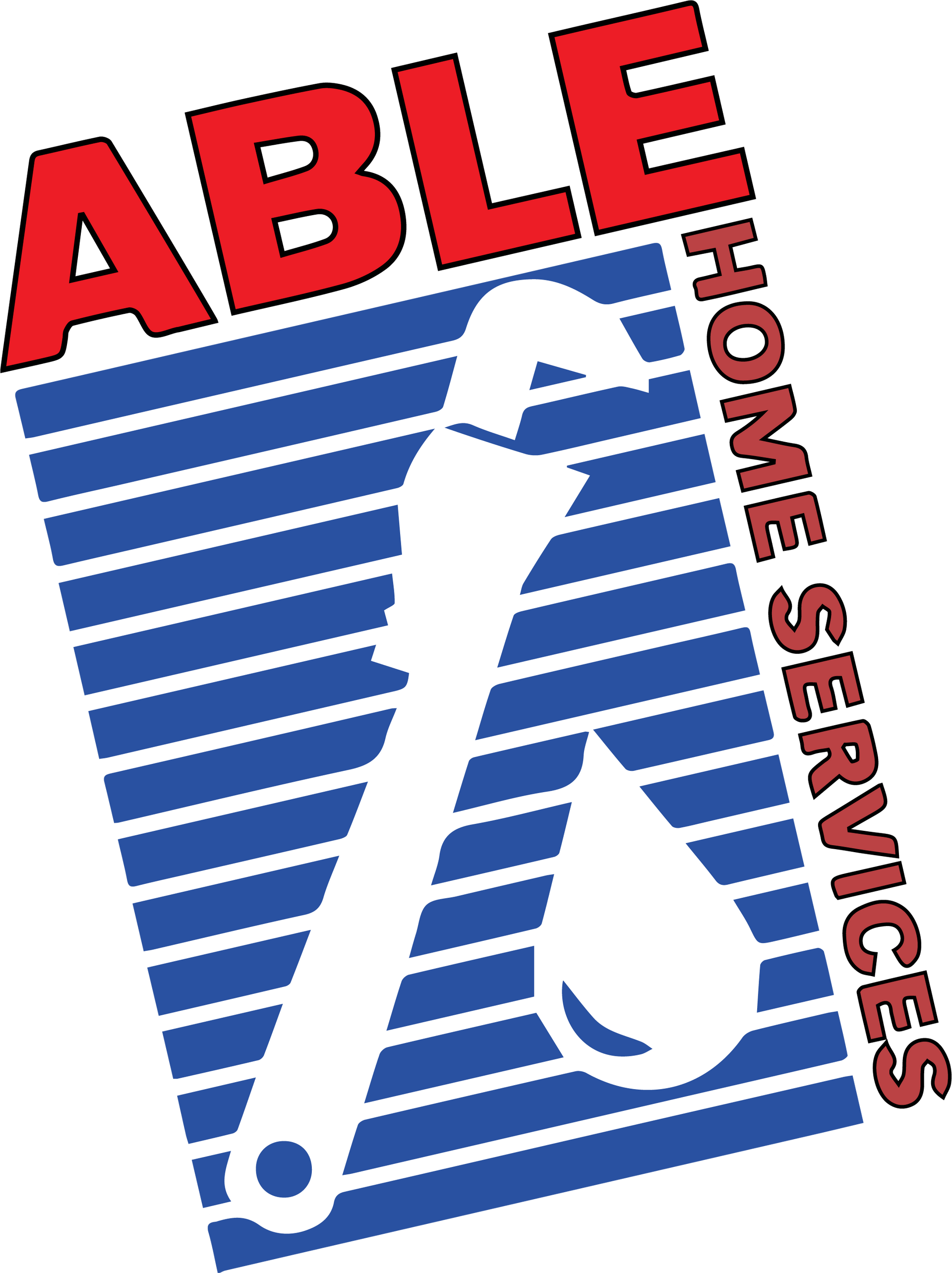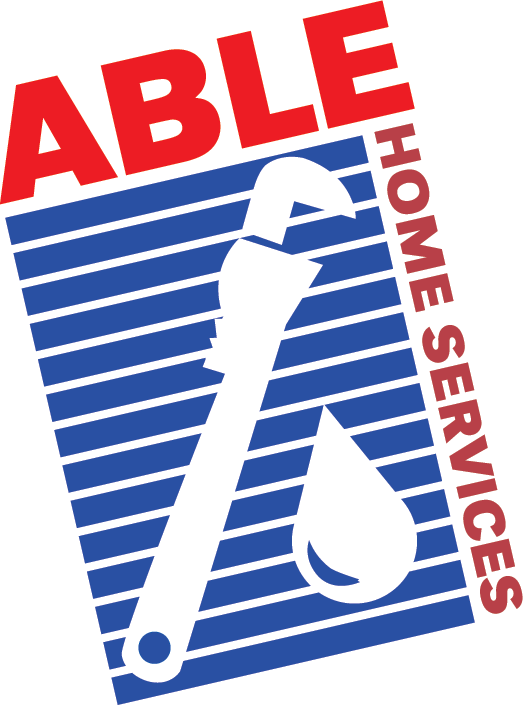
You'll Be Glad You Called Us First!

Gas Lines
Get the Service You Want and Need!
For Dependable and On-Time Service, You can Trust in Able Home Services
Your neighbors say it best! Just look at our reviews.
Gas Line Concerns? Able Plumbing Is Leading the Charge in Repair and Maintenance Services. Rely On Us for Rapid Responses and Restore Your Peace of Mind.
We've made sure you can find all the information you are looking for when it comes to repairing, maintaining, or replacing gas lines in your home. Follow any of the quick links here to learn some tips, tricks and do it yourself remedies. And when the service required goes beyond your capabilities, you can always reach us within a few quick button presses!
Quick Category Links
Gas leaks need to be taken care of right away! Here is what to do if you smell gas in your home.
If you suspect a gas leak, you should do the following:
- Evacuate your home or building immediately and leave the doors open. Do not try to locate or stop the leak yourself
- Avoid using any electrical devices, such as phones, lights, or appliances, that may cause a spark or fire. Do not smoke or light matches or candles
- Call 911, the local fire department, or the utility company’s emergency line from a safe distance. Do not re-enter the building until they tell you it is safe
- Seek medical attention if you or anyone else has symptoms of gas exposure, such as dizziness, nausea, headaches, or breathing difficulties. Gas leaks can cause carbon monoxide poisoning, which can be fatal
**Gas leaks are serious and potentially dangerous situations that require immediate action. Please follow these steps and stay safe. As soon as you can, contact Able Plumbing to come help out and make your home or business safe from gas leaks.
How do you hook up a gas appliance?
Hooking up a gas appliance requires some skill, knowledge, and safety precautions. You will need to have the right tools, materials, and permits for the job, as well as follow the instructions and codes for your appliance and gas system. Depending on the type and location of your gas appliance, you may need to use a flexible corrugated connector or a threaded black steel pipe to connect it to the gas line. You will also need to seal the pipes and fittings securely and test them for pressure and leaks before turning on the gas supply. Finally, you will need to get the installation inspected and approved by a licensed inspector or a gas company representative.
If you are not confident or qualified to do it yourself, you should Call Us or Schedule with Us Online today.
How do you convert a wood burning fireplace to a gas fireplace?
Converting a wood burning fireplace to a gas fireplace is a popular home improvement project that can enhance the comfort, convenience, and value of your home. There are different types of gas fireplaces that you can choose from, depending on your budget, preferences, and existing fireplace structure. Read on for some steps to follow if you want to convert your wood burning fireplace to a gas fireplace.
Understanding the Basics of Installing a Gas Line for a Power Generator
Gas-powered generators can run on natural gas or propane, each requiring a dedicated gas line for fuel supply. The choice between natural gas and propane depends on availability, cost, and personal preference. Natural gas lines require a connection to the municipal gas supply, while propane systems can be supplied from individual tanks.
Key Considerations for Installation
- Generator Sizing: Before installation, determine the size of the generator needed based on your power requirements during an outage. This will influence the size and type of gas line required to supply enough fuel for efficient operation.
- Local Codes and Permits: Installation of gas lines and a generator must comply with local building codes and regulations. Obtain necessary permits and have the installation inspected by local authorities to ensure compliance and safety.
- Professional Installation: Given the complexities and safety risks associated with gas line & generator installation, hiring a qualified and experienced professional is crucial. This ensures that the gas line is correctly sized, installed, and tested to prevent leaks and other hazards.
- Location: The placement of both the generator and the gas line should consider safety, accessibility, and noise. Generators should be located outdoors, away from windows and vents to prevent exhaust fumes from entering the home. The gas line route should avoid potential hazards and allow for easy access for maintenance.
Reasons for Installing New Gas Lines
- Appliance Addition or Upgrade: Installing new gas-powered appliances, such as stoves, ovens, or heating systems, often necessitates the addition of new gas lines to supply them.
- Improving System Capacity: Upgrading existing gas lines can enhance system capacity, ensuring adequate gas flow to all appliances and meeting the demands of modern, energy-efficient models.
- Safety Upgrades: Replacing old, corroded, or otherwise compromised gas lines is essential for maintaining the safety and integrity of a home's gas supply system.
Planning and Preparation
- Assessment and Design: A thorough assessment of your home's current gas system and your additional needs is crucial. A professional can design a new layout that optimally distributes gas to all appliances while minimizing risks and ensuring efficiency.
- Permits and Regulations: Installing new gas lines requires compliance with local building codes and regulations. Obtaining the necessary permits before starting the project is essential to ensure that the work is legally compliant and covered by insurance.
- Professional Installation: Due to the complex and potentially hazardous nature of gas line installation, hiring licensed professionals is highly recommended. They have the expertise to safely install new lines, test for leaks, and ensure the system meets all safety standards.
Safety Considerations
- Material Selection: Gas lines can be made from various materials, including flexible corrugated stainless steel tubing (CSST), black iron, galvanized steel, and polyethylene. Each has its specific applications and installation requirements. Professionals can advise on the best materials for your project.
- Leak Detection: After installation, conducting a thorough leak test is mandatory to ensure there are no gas leaks in the new lines. This usually involves pressurizing the lines with air and using a leak detection solution.
- Ventilation: Proper ventilation is crucial in areas where gas-powered appliances are installed to prevent the accumulation of gas in the event of a leak and to ensure the safe operation of the appliances.
- Emergency Preparedness: Ensure that all household members know how to turn off the gas supply in case of an emergency and are familiar with the signs of a gas leak (e.g., the smell of rotten eggs, hissing sound near gas lines) and the appropriate steps to take if a leak is suspected.
Where Should You Place Carbon Monoxide Detectors?
Carbon monoxide detectors are crucial for safeguarding your home. Here’s where you should place them:
Install a carbon monoxide detector near every bedroom and sleeping area. Ensure the alarm is loud enough to wake you up in case of danger.
If you’re getting a single detector, place it near your bedroom for maximum effectiveness. Position detectors 5-20 feet away from common sources of carbon monoxide, such as fuel-burning appliances (like furnaces or water heaters). Attached garages (where car exhaust can seep into the home) should also be done. Fireplaces or any appliance that produces flames (like gas stoves) should have a detector in that room.
Height placement of should be placed on a wall about five feet above the floor (where people breathe). Carbon monoxide is slightly lighter than air and tends to rise with warm air. Alternatively, one can be placed on the ceiling, about six inches from the wall. Remember, each floor of your home needs a separate carbon monoxide detector to ensure safety for your property and the people in it.
The Master Plumbers at Able Plumbing are trained to the highest standards, friendly, courteous, and most of all, committed to keeping your home, facility, or business in great repair and safe. We are fully licensed, bonded, and insured. We offer a great service guarantee and convenient hours for all your plumbing needs!!
Plumbing Services
Have a question or comment? Let us know.
Telephone:
Email us:
Home Office:
551 Country Drive Ste 150
Chico, CA 95928
Contractors License:
CA License #627760 Bonded and Insured
Have a question or comment? Let us know.
Telephone:
Email us:
Home Office:
551 Country Drive Ste 150
Chico, CA 95928
Contractors License:
CA License #627760 Bonded and Insured
Able Home Services
Privacy & Terms
